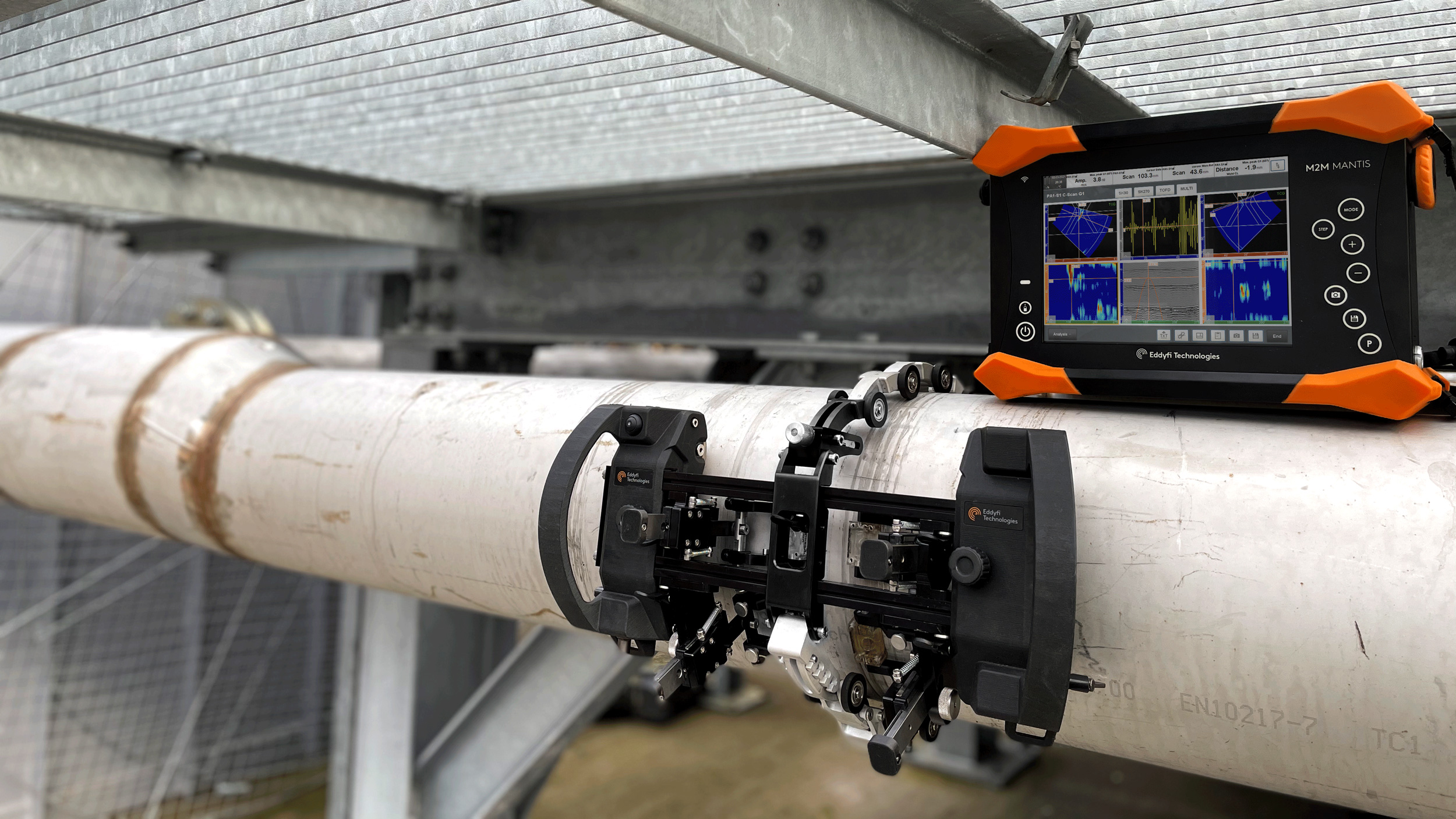Comprehending the Value of Welding Inspection Madison in Building And Construction
Wiki Article
Recognizing the Basics of Welding Assessment to Make Sure High Quality and Safety
In the realm of modern engineering, welding examination stands as a foundation for guaranteeing both the top quality and safety of architectural productions. What are the nuances of these evaluation approaches that make them essential for maintaining structural stability?
Significance of Welding Assessment
In the realm of commercial manufacture, the value of welding evaluation can not be overstated. Welding examination plays an essential function in guaranteeing the honesty, safety and security, and durability of welded frameworks (Welding Inspection Madison).The process of welding naturally includes complex variables, consisting of temperature level, product buildings, and environmental conditions, every one of which can influence the top quality of the weld. An extensive inspection recognizes defects such as splits, porosity, and incomplete blend, which can jeopardize the strength and dependability of the weld. By spotting these concerns early, corrective activities can be taken, consequently decreasing the threat of failure and linked costs.
Furthermore, welding inspection adds to regulatory compliance, as numerous sectors are regulated by rigorous safety requirements and standards. Failure to stick to these regulations can lead to lawful liabilities and monetary fines. Ultimately, welding assessment not just safeguards physical frameworks but likewise maintains and shields human lives industry credibilities.

Secret Welding Assessment Approaches
Although welding inspection is crucial to making sure the high quality and security of bonded frameworks, it is the certain techniques used that establish the effectiveness of the assessment procedure. Trick welding examination methods can be extensively classified into non-destructive testing (NDT) and damaging testing. Non-destructive testing approaches such as aesthetic assessment, ultrasonic testing, radiographic testing, magnetic particle screening, and fluid penetrant screening are mostly utilized to examine the properties of a weld without creating damages. Aesthetic evaluation is frequently the primary step, entailing a detailed assessment of the weld's surface for problems like cracks or porosity.Magnetic bit screening and fluid penetrant testing are surface evaluation methods made use of to locate surface and near-surface defects. These thorough evaluation techniques make sure that welds fulfill sector standards and safety demands, consequently making certain architectural honesty and efficiency.
Duty of Qualified Assessors
Qualified inspectors play a pivotal role in the welding inspection process, ensuring that all welds comply with stringent industry standards and safety regulations. Their know-how is crucial in recognizing flaws or irregularities that may compromise the architectural honesty of a weld. By thoroughly examining each weld, certified inspectors aid stop prospective failures that can bring about harmful accidents or pricey repair services.To end up being certified, assessors need to undergo strenuous training and testing, which acquaints blog them with different welding techniques, products, and testing approaches. This detailed understanding permits them to examine weld quality efficiently and make informed judgments concerning their safety and integrity. Licensed assessors are competent in analyzing blueprints and requirements, making certain that the welding work lines up with the project's style needs.
An integral part of their role is to document their searchings for extensively, giving a detailed document of the inspection process. Their payment is crucial in preserving high levels of quality and safety in welding operations.

Devices Utilized in Welding Evaluation
Welding inspectors depend on a range of specialized tools to perform their duties effectively, making certain each weld satisfies the required criteria. Amongst these tools, aesthetic inspection help like amplifying glasses and mirrors are fundamental, permitting examiners to closely check out welds for surface defects such as fractures, porosity, and undercut. Calipers and fillet weld evaluates are essential for determining weld dimensions to confirm compliance with style specifications.Advanced devices extend past visual help, including non-destructive testing (NDT) devices. Ultrasonic testing dig this tools are critical in discovering subsurface defects, making use of acoustic waves to disclose internal stoppages without compromising the weld's honesty. Radiographic testing uses X-rays or gamma rays to capture images of a weld's interior, highlighting possible defects.
Magnetic bit screening is another vital device, particularly for finding surface area and near-surface suspensions in ferromagnetic products. By applying ferrous bits and magnetic areas, assessors can identify defects that may or else be unseen.
Dye penetrant evaluation is commonly find used for non-ferrous products, giving a contrast-enhanced aesthetic look for surface-breaking defects. Welding Inspection Madison. Together, these tools allow welding examiners to adequately analyze weld top quality, making sure safety and security and integrity in numerous applications throughout industries
Ensuring Structural Integrity

Welding treatments should follow well established standards and codes, such as those defined by the American Welding Society (AWS) or the International Company for Standardization (ISO) These guidelines make sure that the welds can withstand functional tensions and ecological elements. Certified and certified welders play a vital role in this procedure, as their proficiency guarantees that strategies are applied appropriately, minimizing flaws such as splits, porosity, and incomplete combination.
Post-weld examination is an additional essential component of verifying structural integrity. These evaluations verify that the welds satisfy the needed high quality requirements, supplying assurance of their toughness and dependability.
Conclusion
The fundamentals of welding examination are vital for keeping the high quality and safety and security of bonded structures. The usage of specialized tools additionally enhances the assessment process, eventually guarding human lives and extending the life-span of welded buildings.Welding examination plays a vital function in ensuring the honesty, safety, and durability of bonded structures.Although welding assessment is essential to guaranteeing the high quality and safety and security of welded structures, it is the certain approaches employed that establish the efficiency of the assessment procedure. Key welding evaluation techniques can be extensively classified right into non-destructive screening (NDT) and destructive testing.Licensed examiners play an essential duty in the welding examination process, guaranteeing that all welds conform with rigid market criteria and safety and security laws.The principles of welding inspection are important for maintaining the high quality and security of welded structures.
Report this wiki page